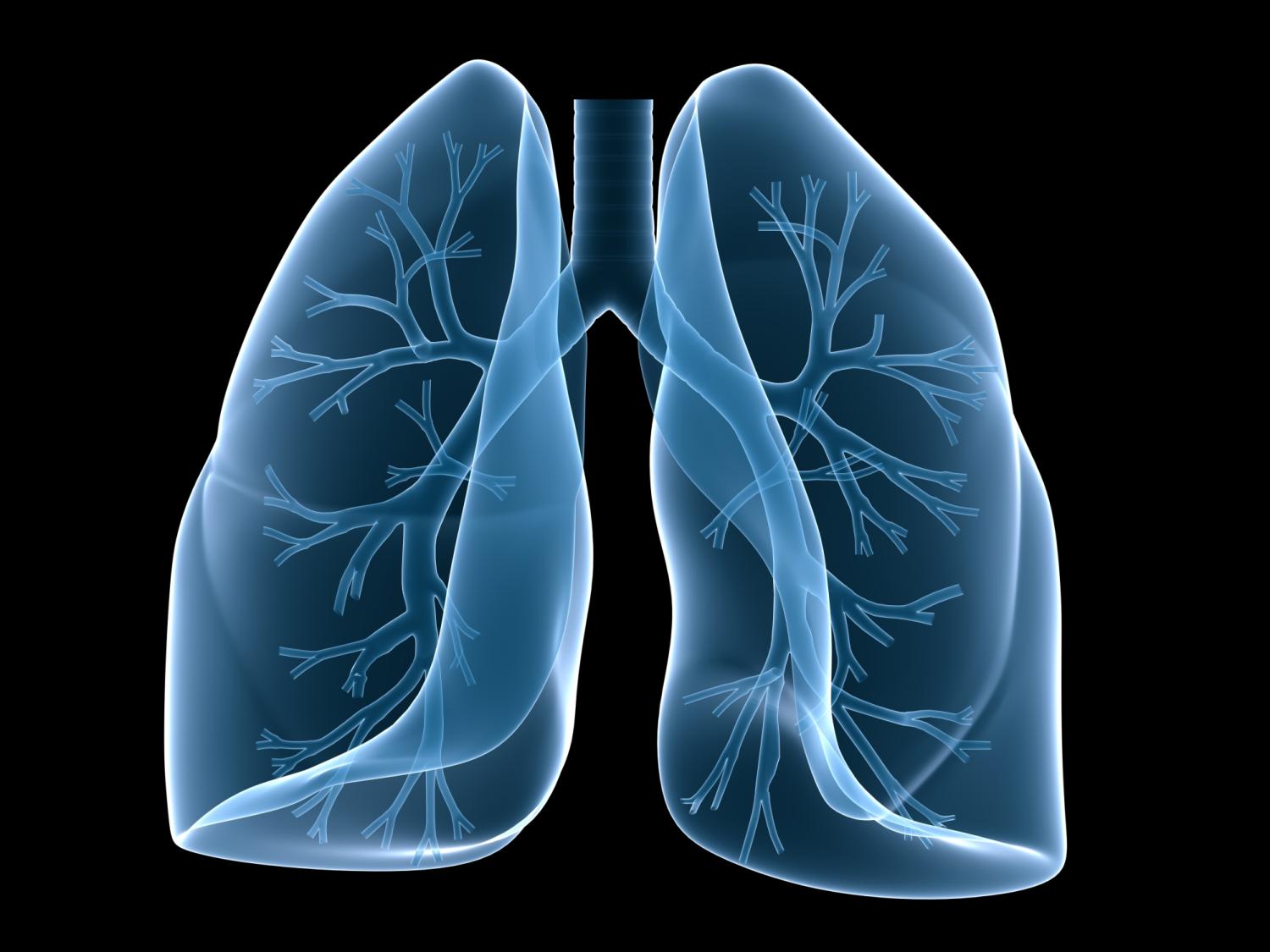Lab tests exploring the new H7N9 influenza virus causing cases in China show that it easily infects human lung tissues and cells, another sign of its pandemic potential, a Hong Kong research team reported today.
Earlier gene studies found markers suggesting that the H7N9 virus has the capacity to infect human respiratory cells, but today's findings are the first to show infection and replication in the lab setting.
The new findings are part of an urgent global effort to assess the pandemic potential of the new virus. Over the last few weeks research teams in China, Japan, and the United States have found that the virus can spread by droplets in animal models, another indication of H7N9's pandemic potential. So far, though, the virus does not appear to spread easily from human to human.
The report describing the findings appears in the latest issue of The Lancet Respiratory Medicine. The team was led by Malik Peiris, PhD, and John Nicholls, MBBS, both with the University of Hong Kong.
For their experiments, the group used ex vivo cultures of human bronchus, lung, nasopharynx, and tonsil, and in vitro cultures of primary human alveolar epithelial calls and peripheral blood monocyte-derived macrophages.
They tested the infectivity and proinflammatory cytokine response of six different flu viruses:
- Two human H7N9 isolates
- Highly pathogenic H5N1
- A highly pathogenic H7N7 virus that infected humans in the Netherlands in 2003
- The pandemic 2009 H1N1 (pH1N1) virus
- A duck H7N9 virus that was different than the human strains.
The two human H7N9 viruses replicated efficiently in human bronchus and lung tissue at levels on par with or exceeding pH1N1. "These findings emphasize the relative ease with which H7N9 viruses can infect human beings and is compatible with epidemiologic observations," the group wrote.
The replication levels in those tissues were higher than for H5N1 or H7N7, but the duck H7N9 virus didn't replicate efficiently in any human respiratory tissue.
When they looked at infection at the alveolar level, the team found that H7N9-infected cells were mainly type 2 pneumocytes and macrophages, epithelial cells that are crucial for repairing damaged alveolar tissues. They added that the tropism seen for the two human H7N9 viruses in alveoli was similar to H5N1 infection, but the extent of infection in the bronchus and lungs with the new virus was greater than with H5N1.
Tests to assess differences in cytokine responses to the various viruses found that one of the human H7N9 strains provoked a higher response than pH1N1 did, but a lower response than seen with H5N1. The researchers suggested that H7N9's cytokine profile could contribute to the severity of human infections, but the unusual affinity for human bronchus and lung tissue probably plays a more important role.
Taken together, efficient H7N9 replication in human airways and droplet transmission seen in ferret studies increases concerns about the virus's pandemic potential, the team concluded.
In an accompanying editorial in the same issue, two researchers from a US Centers for Disease Control and Prevention (CDC) team that recently published a study on the virus's ability to infect and transmit among ferrets wrote that the new study contributes to several important areas of study about the new virus.
The authors are Jessica Belser, PhD, and Terrence Tumpey, PhD, both with the CDC's influenza division.
The two scientists noted that although the two human H7N9 strains had genetic differences in receptor-binding markers, they had comparable infectivity and tropism, which seems to suggest that the mutations don't influence the pathogenicity of the disease. "In-vivo studies in the ferret model corroborate this finding," Belser and Tumpey wrote.
Enhanced ability of H7N9 to infect the bronchus and lung is an area for more investigation and might provide insights for treatment strategies, they note. Also, the H7N9 virus's ability to provoke notable cytokine and chemokine responses may also shed new light on treatment and control, they added.
New study findings raise more new questions, Belser and Tumpey said. For example, they wrote that expanding tissue studies to include different age-groups might shed light on the unusual older tilt in H7N9 patients.
Chan MCW, Chan RWU, Chan LLY, et al. Tropism and innate host response of a novel influenza A H7N9 virus: an analysis of ex-vivo and in-vitro cultures of the human respiratory tract. Lancet Resp Med 2013 Jul 25 [Abstract]
Belser JA, Tumpey TM. Tropism of H7N9 influenza viruses in the human respiratory tract. (Comment) Lancet Resp Med 2013 Jul 25 [Extract]
See also:
Jul 25 University of Hong Kong press release on the study






















